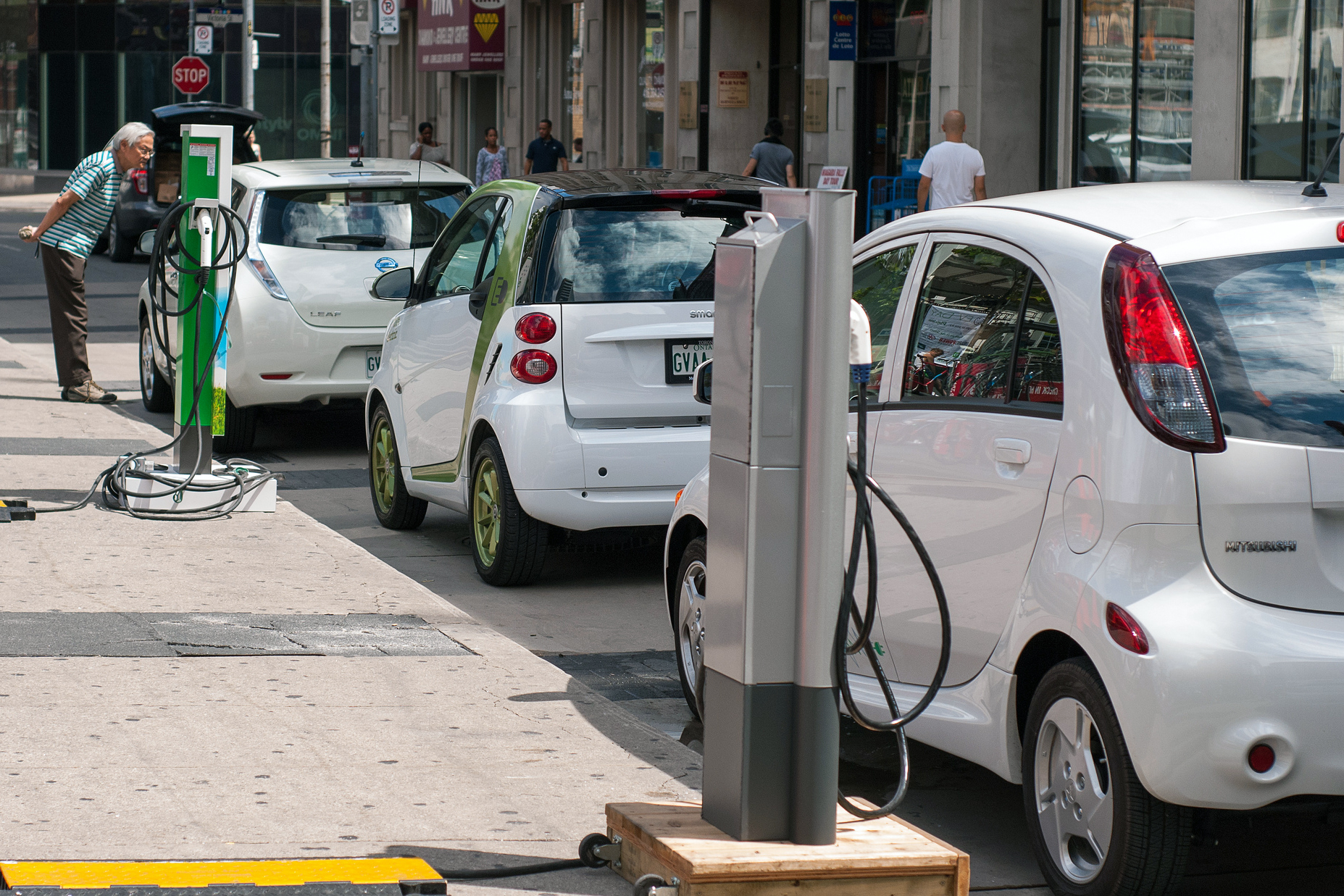The concept of V2G sounds interesting but it requires infrastructure that is currently not available at all places. So even if you want to participate in a V2G program, you may have to wait till the electric utility in your area launches a V2G initiative. However, if you are one of those few lucky ones who own a BMW i3 and live in the San Francisco Bay Area, you can volunteer to be a part of BMW i ChargeForward program which is an combined initiative of BMW and PG&E in which you can earn unto $1540.
What is the goal of the project ?
When there is a high demand for power and consequently, price of electricity is high, your utility (PG&E) in this case wants to purchase as less power as possible. Most of the times you don't realize this because it is the utility who purchases power on your behalf. You can help your utility to avoid purchasing some of the power by postponing the charging of your car. The utility, in turn, passes on some of the savings the incurred to you.
How it works ?
The program will run for 18 months during which PG&E will request BMW a load drop at certain times. BMW, in turn, will send a signal to your BMW i3 app asking you to postpone the charging of your car. If you resppnd accordingly, you are given incentives based on your participation level.
What makes the program great for EV owners ?
1. Does not withdraw any energy from your battery : Means no worry of not having enough charge to make it back to your home or damaging your battery.
2. Great incentives : The program offers monetary incentives of upto $ 1540
3. No restrictions on mobility : Even if you volunteer to participate in the program, it is totally upto you to postpone your vehicle's charging or not. BMW has a back up battery bank to use in case no one volunteers to postpone the charging of their car. However, you are paid according to your participation.
Where can I find more information ?
While this article summarizes the crux of the program, you can visit BMW i ChargeForward for more information.
What is the goal of the project ?
When there is a high demand for power and consequently, price of electricity is high, your utility (PG&E) in this case wants to purchase as less power as possible. Most of the times you don't realize this because it is the utility who purchases power on your behalf. You can help your utility to avoid purchasing some of the power by postponing the charging of your car. The utility, in turn, passes on some of the savings the incurred to you.
How it works ?
The program will run for 18 months during which PG&E will request BMW a load drop at certain times. BMW, in turn, will send a signal to your BMW i3 app asking you to postpone the charging of your car. If you resppnd accordingly, you are given incentives based on your participation level.
What makes the program great for EV owners ?
1. Does not withdraw any energy from your battery : Means no worry of not having enough charge to make it back to your home or damaging your battery.
2. Great incentives : The program offers monetary incentives of upto $ 1540
3. No restrictions on mobility : Even if you volunteer to participate in the program, it is totally upto you to postpone your vehicle's charging or not. BMW has a back up battery bank to use in case no one volunteers to postpone the charging of their car. However, you are paid according to your participation.
Where can I find more information ?
While this article summarizes the crux of the program, you can visit BMW i ChargeForward for more information.

